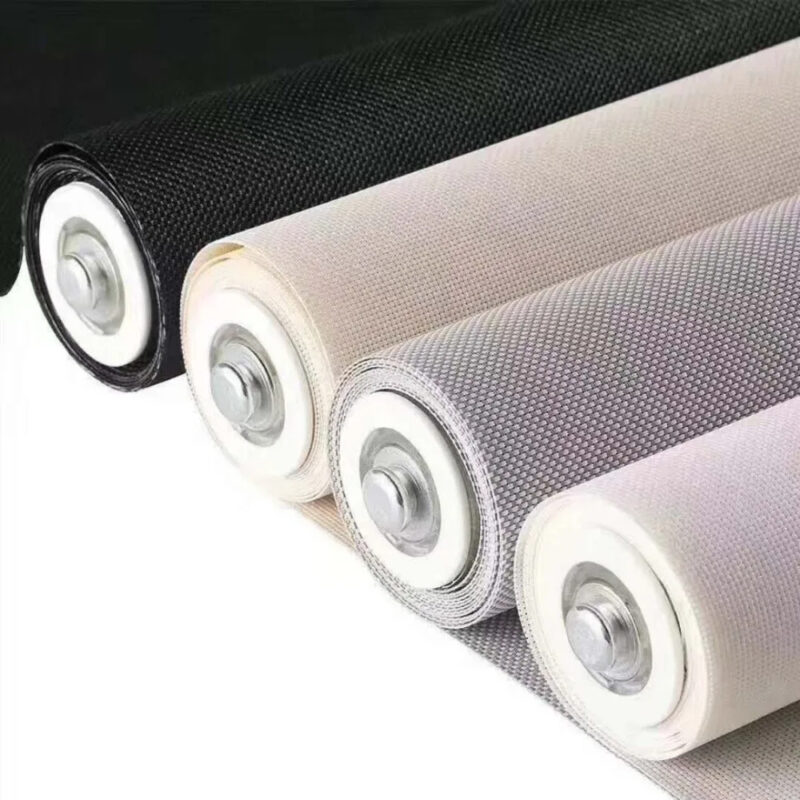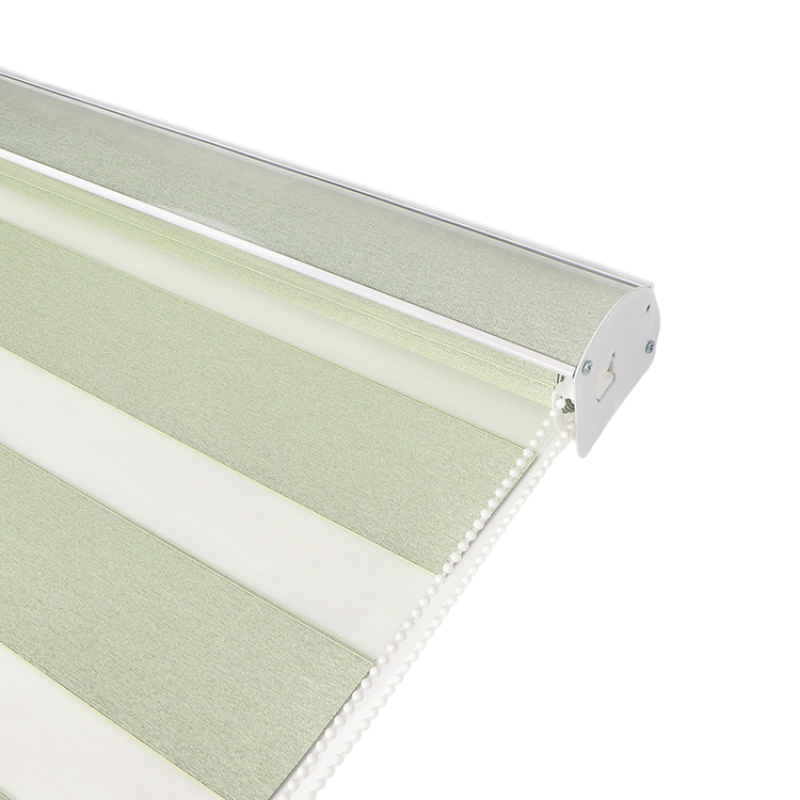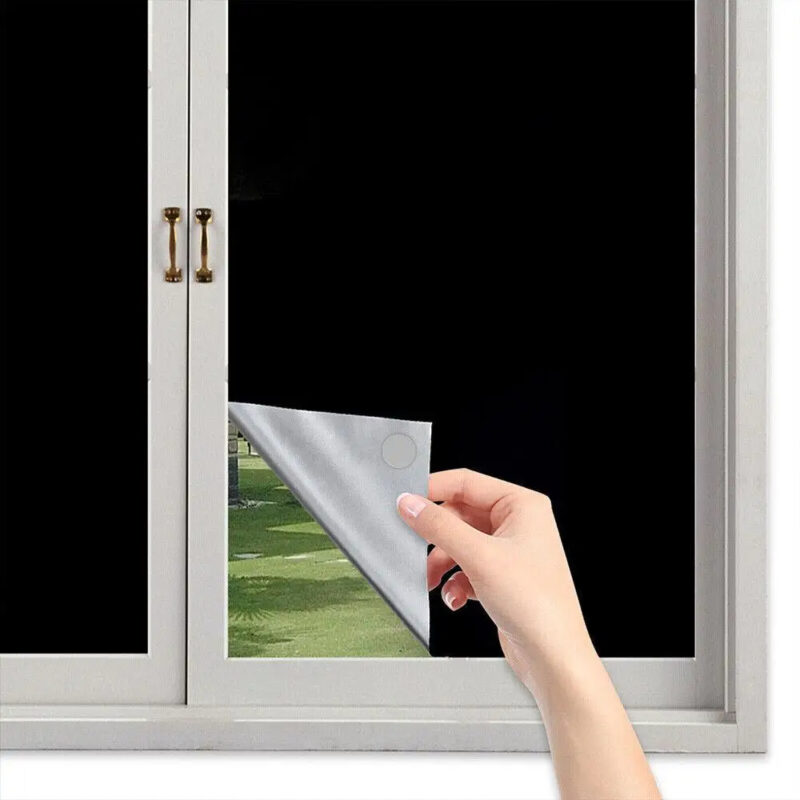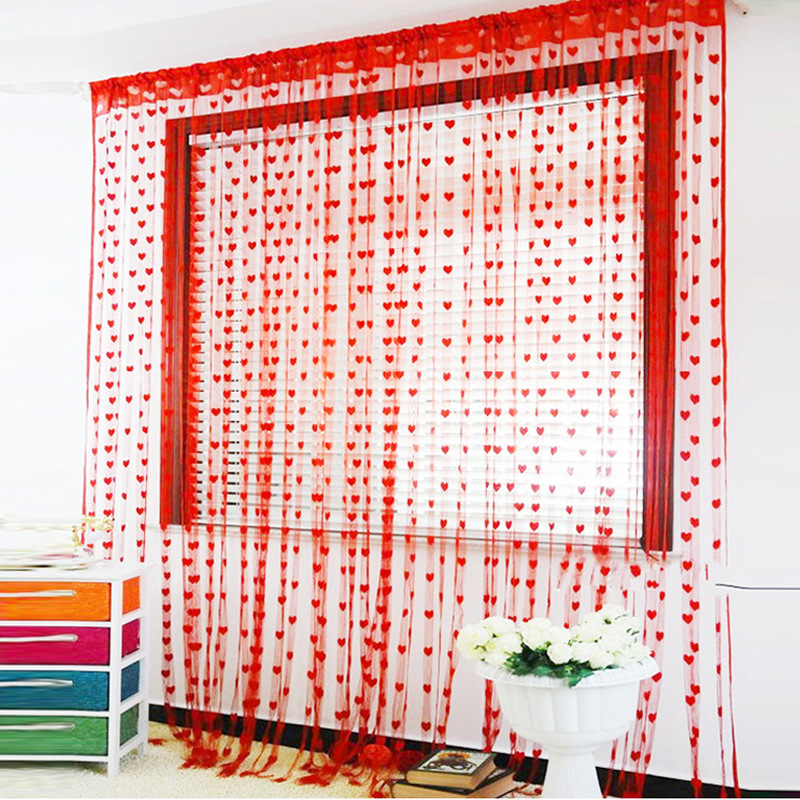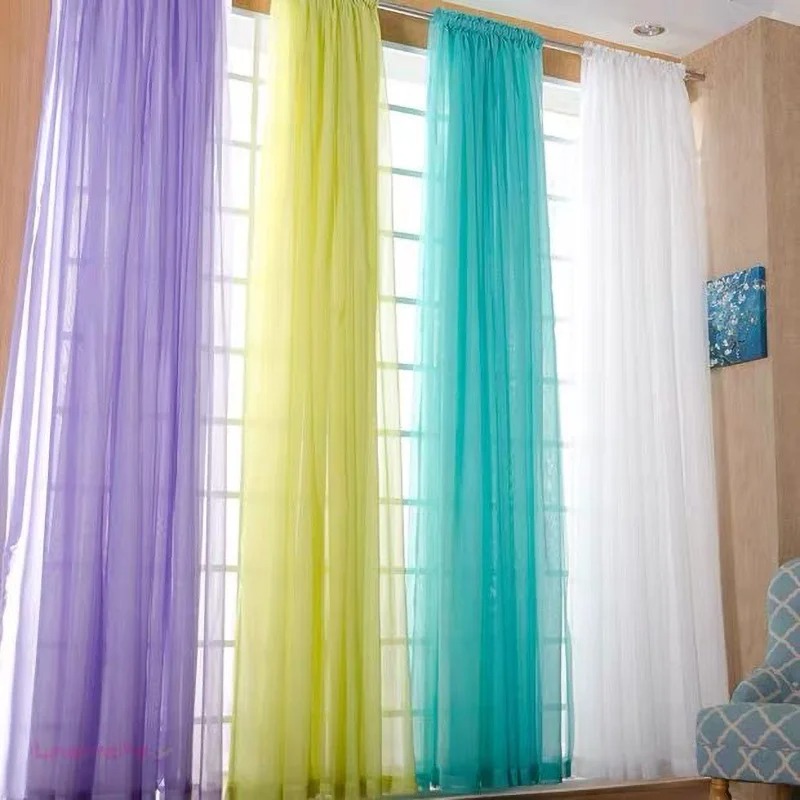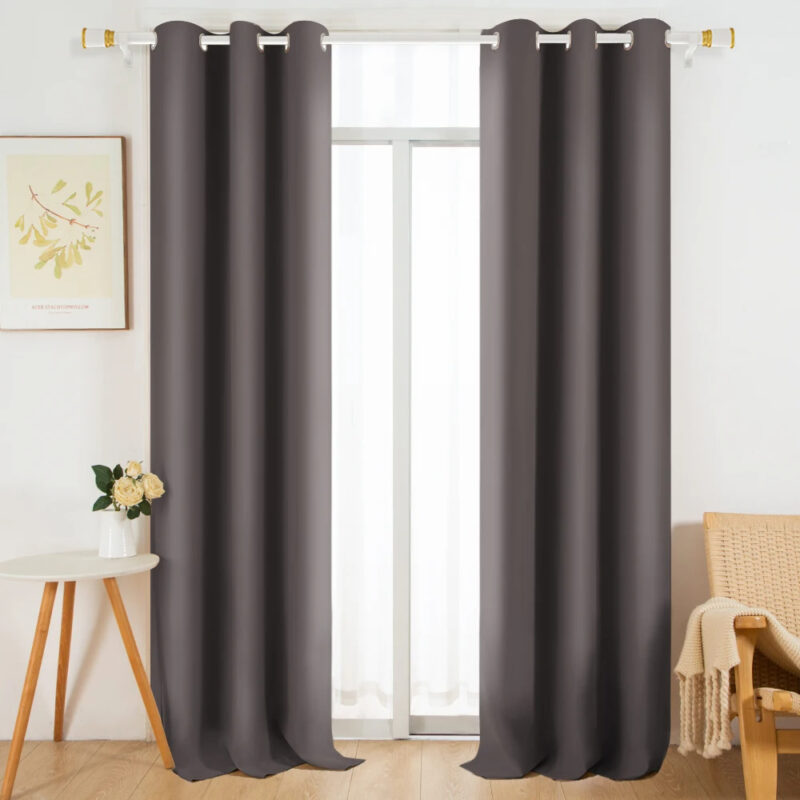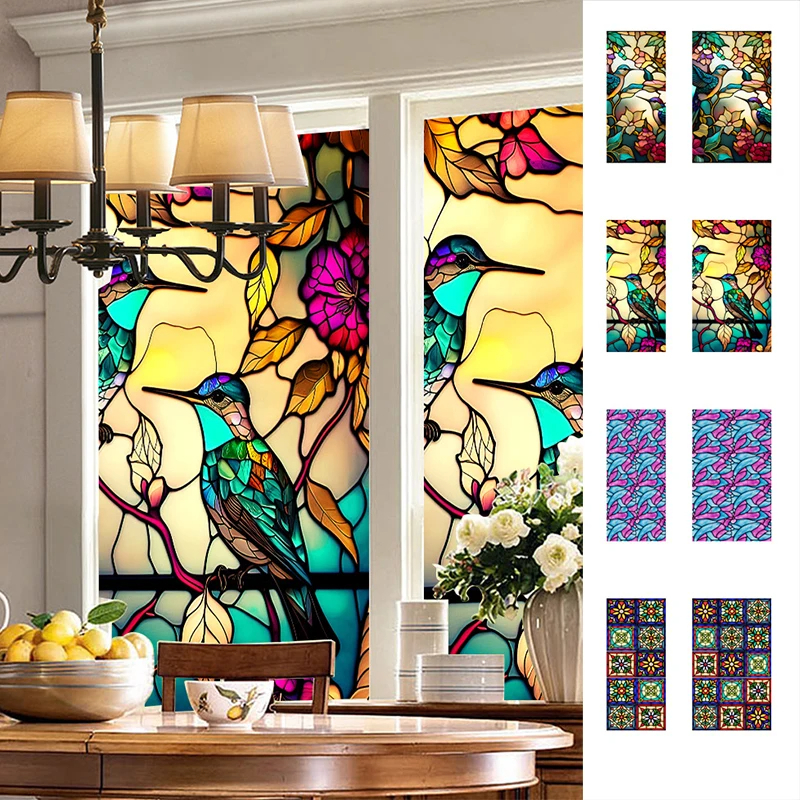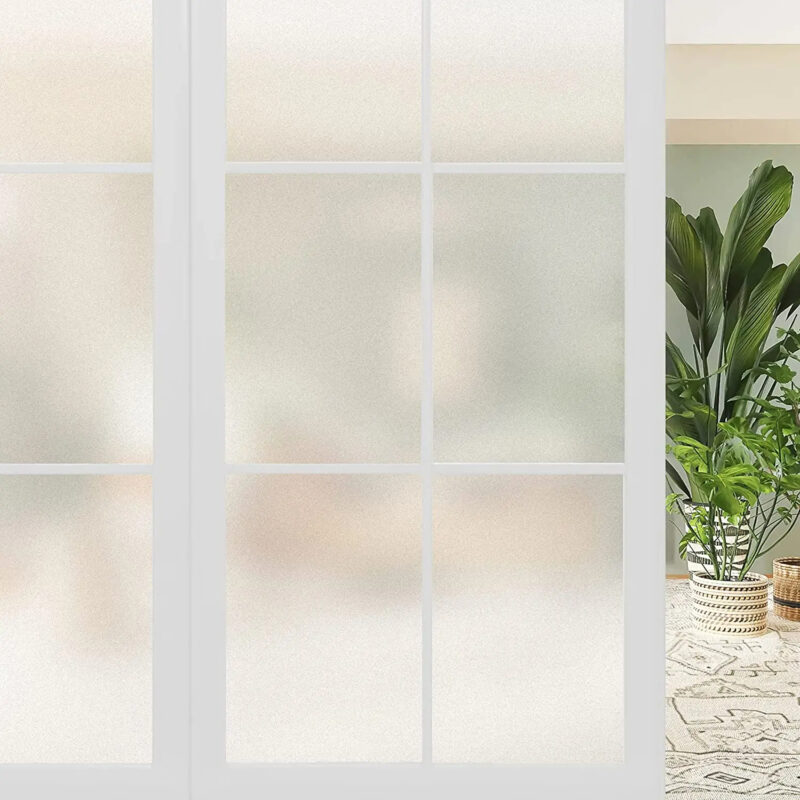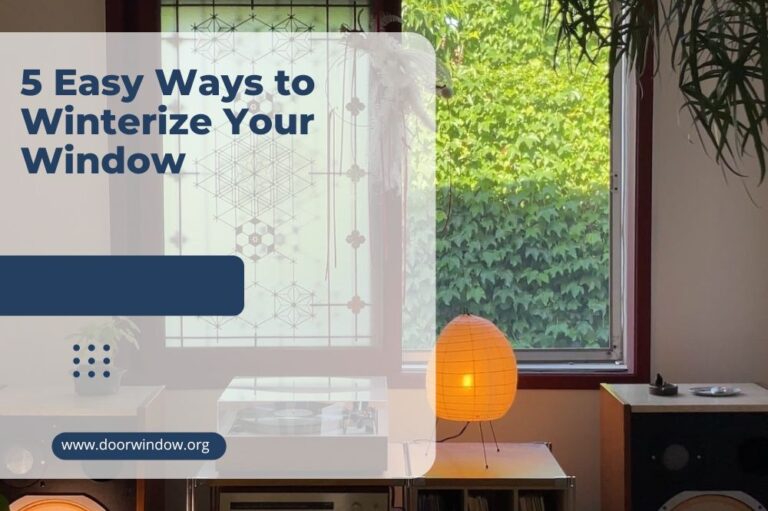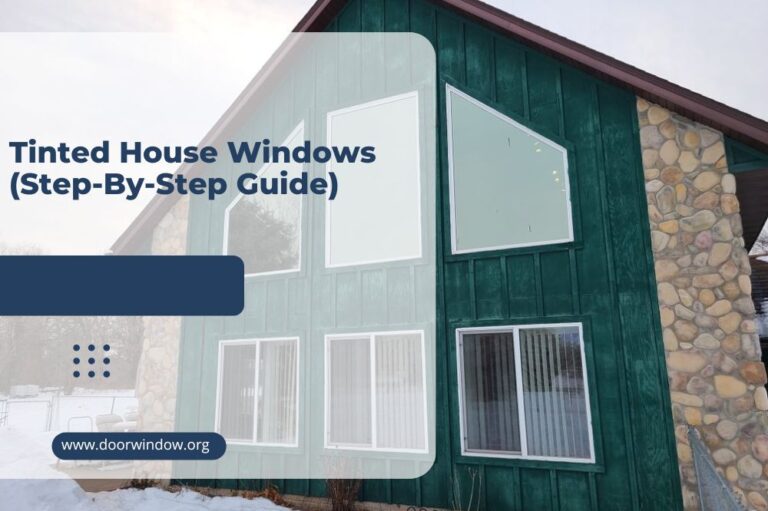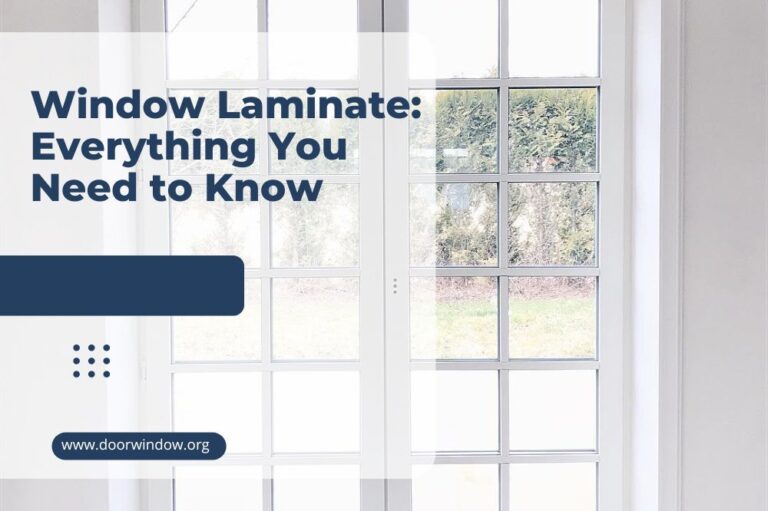Which Windows Get the Most Light? (Best Direction)

Whether you want to build, buy, or rent your home, lighting is the primary question you need to consider. Not only does it affect the appearance and atmosphere of your home, but it also affects your budget and savings.
Architects and interior designers take this matter seriously as window-facing a particular direction significantly affects energy saving and inside and outside household decorating. Therefore, you should always check out which face direction is the best for your home, which windows get the most light, and what factors you need to pay attention to.
What Affects the Light?
Looking down onto our planet Earth, we may conclude that not all parts of the world get the same amount of light. Some parts are colder, while the others are boiling. Sometimes the same place on Earth has a different number of hours filled with sunshine throughout the year. Let’s see what is causing all these variables.
Four points of the compass
As many of you already know, the four points of the compass represent the four sides of the world:
- North
- South
- East
- West
There is also a combination of these four sides, including:
- South East
- South West
- North East
- North West
Sides of the world are crucial in finding your way in the wild, orienteering, and construction industry. Plus, they may be essential for lightning in your future home or workplace.
Even ancient civilizations such as Mayans, Egyptians, Romans, and many others built spectacular buildings, monasteries, temples, and palaces according to the sides of the world.
Movements of the Sun
The position of the Sun’s rays and their angles cause emitting energy and light variabilities. As you know, the Sun rises in the East, sets in the West, and makes a curvy path that leans to the South along the way (in the Northern hemisphere).
Concluding from the basic geographical facts, the North gets the East Sun while the South is the sunniest and warmest side of the world. It is crucial to determine all the sides before buying or building your home.
Only that way will you get the desired lighting and avoid spending days in the too hot living room or sleeping in the too bright bedroom.
Seasons
A season is crucial to light emission since the light intensity changes throughout the year. For instance, the summer days are longer as the light becomes stronger, while its intensity is lower and weaker in the winter.
Additionally, the Sun sends its ray at different angles, depending on the seasons. For instance, the spring and fall are specific since the angles of the Sun’s rays are very low. That can cause a blinding effect and cause a problem when watching TV or doing work on the computer.
North and South hemisphere
It is well-known that the North and South hemispheres have opposite seasons and different Sun paths. Be aware that the Sun’s path in the South hemisphere leans to the North instead of the South like in the Northern hemisphere.
Therefore, the South-facing windows in the Northern hemisphere get the most light. It is the opposite in the Southern hemisphere, where the windows facing North will be the lightest. The same goes for seasons. The winter in the Northern hemisphere is summer in the Southern hemisphere and vice versa, so you can say that seasons are mirrored.
Obstructions to the light
All described rules are applicable only when nothing blocks the light on the way to your windows. If you can’t do anything about obstacles like thick tree shade or buildings in front of your home, it will be impossible to get the total amount of light inside the house.
The Window Position and Light Ratio
Considering all the details, not every window gets the same quantity of light. It directly depends on its position relative to the four sides of Earth.
Windows facing East
If you are a morning person and enjoy your early coffee looking through the window, then the East-facing one is just what you need. It gets plenty of light from the moment when the Sun rises by noon or a bit earlier, depending on the season.
During the summer, your window will absorb the light by midday. On the other hand, you will have to adjust to less direct sunlight in wintertime. Unfortunately, morning light tends to be blinding, making the East-facing window a lousy option for your office, primarily if you use a computer.
Pros
- It is an ideal option for morning people
- Provides shade and the gentle, warm glow of sunset in the evening
- Those windows allow enjoying heat during winter
Cons
- Lower energy efficiency
- Those windows provide undesirable sunlight glare in the room
Windows facing West
If you like sleeping longer in the morning, the West-facing window is your best option. Since the amount of light depends on the season, you can count on direct sunlight most of the day during the summer when the days are longer. Plus, this window allows you to enjoy the Sun sets every day.
Remember that the Sun emits the light beams in long rays and forms a low angle in the evening. Since they cause reflection and a blinding effect, you should choose wisely when placing a TV in a room with West-facing windows. Otherwise, you will face a problem with the appearance of yellowish and reddish tones until dusk is over.
Pros
- Such facing windows keep your home dark in the morning
- They provide the best natural sunlight during the later hours
Cons
- They typically don’t affect home energy efficiency
- Rooms with West-facing windows deprive of natural light
Windows facing South
Since the Sun leans to the South when moving from East to West, it is logical that the South-facing windows are the brightest ones. They get Sun throughout the day, from late morning to mid-afternoon.
Therefore, rooms with South-faced windows are warmer and even hot during summertime. On the other hand, it is an excellent option for those who enjoy working and living with as much natural light as possible.
South-facing windows are also economical since you can save energy by not switching on artificial light most of the day. Plus, these rooms are easier to heat during the winter. A disadvantage of this option is spending more energy on cooling the rooms if you live in a region with scorching summers.
Pros
- This window position allows high sunlight absorption and natural lighting throughout the day
- It is a favorable option for the cold regions, particularly in winter when it reduces central heating bills
Cons
- It is not an excellent option for people who don’t enjoy plenty of sunlight in summer
- The low energy inefficiency in summer
Windows facing North
As you probably guess, these windows get the East sunlight during the day, but it is never too intense or blinding. In fact, it is a comfortable and soothing option that provides cooler tones.
They are ideal for people who prefer avoiding light and enjoy a less lush environment. However, windows facing North-East or North-West typically catch golden rays here and there, depending on the season.
Pros
- North-facing windows are effective for regions with brutal warm summers, like the American South, Texas, Arizona, Central America, and Mexico
- They reduce demands for cooling in summer and lower electricity bills in that period
Cons
- Such window position is the worst option in cold regions in the northern hemisphere
- It provides low natural sunlight
- Spending more energy for heating increases bills in winter
Effects of Window Light
Plant lovers
It is a fact that the plants grow faster in sun-bathed areas, particularly bloomer species that need a lot of sunlight. Therefore, windows facing the South are an excellent option for them.
However, not all plants like to be exposed to direct sunlight. Some prefer a low-light environment, so you should place them face North. The excellent thing is that you can find a suitable plant to grow for each type of window.
Savings and budgeting
The window’s position not only affects the interior look, your preferences, and growing plants, but it also impacts your budget. Energy efficiency is an issue of high importance in modern society.
Windows facing South gain the most light and provide warmth and natural light longer. That means you will spend less money paying the bills for electricity and reducing the heating bills for your home in winter.
However, the summer period has its downside. Your bills will probably be higher if you live in a hot area, as you will spend more energy cooling down your home or workplace.
The situation is the opposite when you have windows facing North. They receive less warmth and sunlight so that you won’t need extra cooling over the summer. On the other hand, you will probably pay larger bills for heating, particularly if you live in a cold area.
Summary
The South-facing windows always get the most sunlight, followed by the East- and West-facing windows. They allow high exposure to natural light that is beneficial to your health.
On the other hand, North-facing windows are an excellent solution for hot regions where people look for a cool environment and shadows. Always check what option is the best for you, but be aware that estate properties with South-facing windows are typically more desirable than others.

